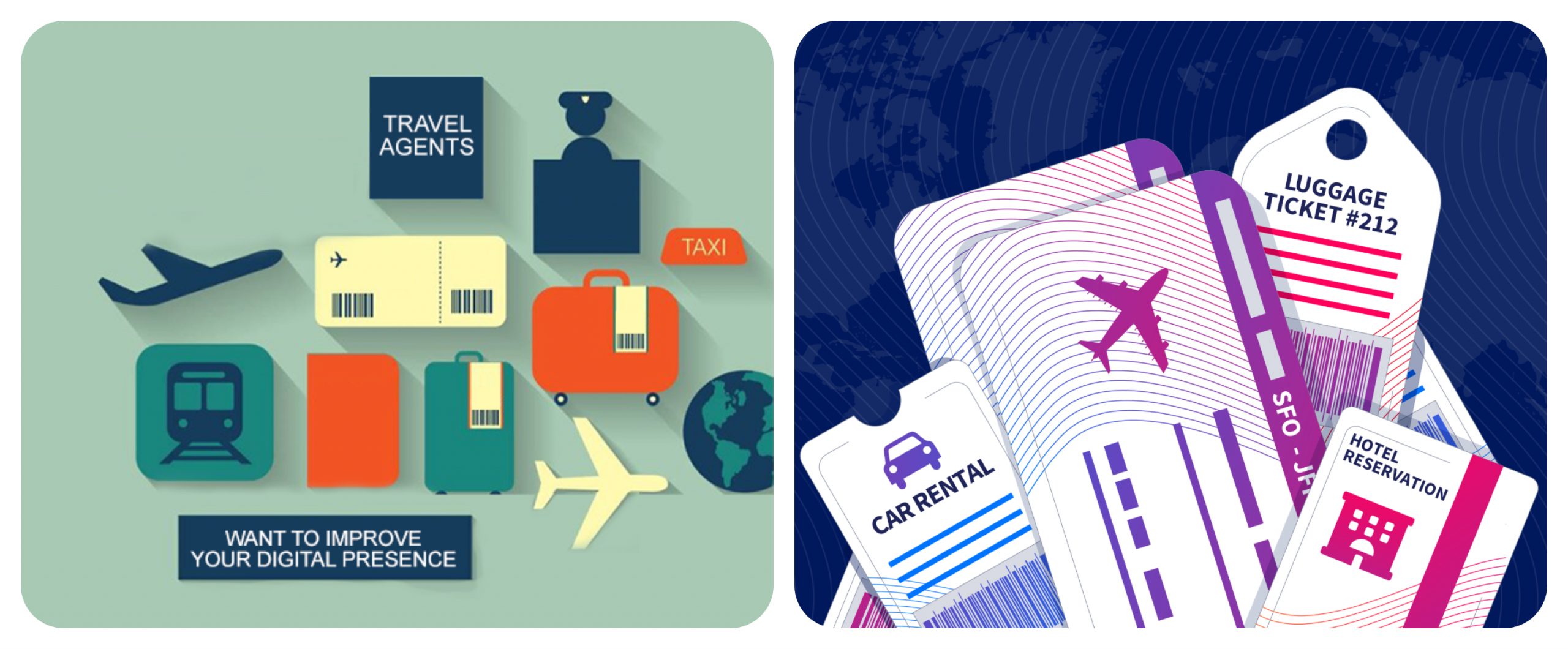Powerful marketing strategies are crucial to the success of any business no matter how big or small. They help identify and target specific audiences and develop profitable products. The unprecedented rise of digital marketing has made it possible for companies to create a strong online presence by harnessing the benefits of a multitude of platforms, to both obtain new customers and deliver services to existing ones.
The travel sector has a large audience with the global market generating over $1.3 trillion annually. Whereas less than 2 decades ago people depended on travel agents or Teletext and took chances based on pictures they saw on brochures, today’s online platforms make it possible for customers to research extensively in a relatively short amount of time before buying. It is a well-known fact that people have hundreds of interactions with companies while investigating travel destinations.
From all the digital marketing platforms, social media is by far the biggest influencer and has changed the way people travel, with Facebook and Instagram being the Top 2 most used platforms. Both offer a great deal of user engagement through different types of adverts, content promotion, live chats and visual stimulation. Facebook is fantastic for building brand awareness and ads are highly customisable to suit the different stages of the customer’s journey.
Instagram is an equally powerful tool for building a following and many brands use it to regularly reach out to their audience. In fact, in a recent study, ‘Instagrammability’ was the most crucial factor for Millennials on choosing a holiday destination.
Both platforms offer integrated video marketing options and according to studies, approximately 50% of users will actually act after watching a video ad.
But irrespective of the platform used, perhaps the most important part of a company’s marketing strategy ought to be an awareness of the different phases of the customer’s journey
Stages of the Customer’s Journey
Google analysed user behaviour and identified 4 key ‘micro-moments’, all of which are important entry-points for influencing a potential customer and eventually leading to a purchase
Dreaming: this is the preliminary phase where there are no fixed plans and customers are browsing for ideas. This is quite an influential stage of the journey and first impressions of travel brands will really make an impact at this point.
Organising: with a destination pinned down, customers are now in the process of choosing dates, flights and accommodation. This is largely done through the use of search engines and travel brands ensure their website and products have a carefully optimised presence in the search results.
Booking: with choices narrowed down, customers are now ready to book. This is a crucial moment and brands often make this as smooth a process as possible, with inviting call-to-action buttons and fast-loading pages.
Experiencing: with the holiday now a reality, this is a more relaxed but still exciting part of the journey. Travel brands can offer a variety of options for ‘things-to-do’ while the customer is on their holiday.

Recent Comments